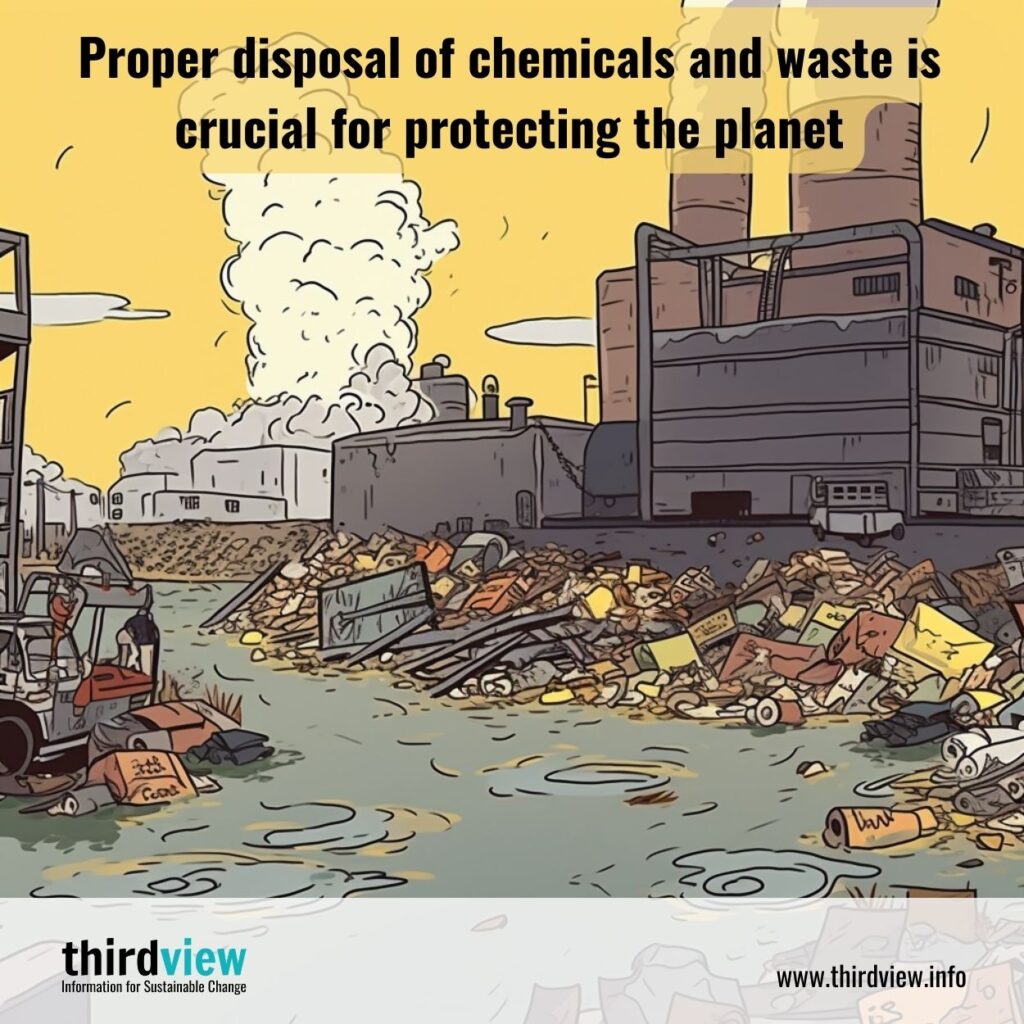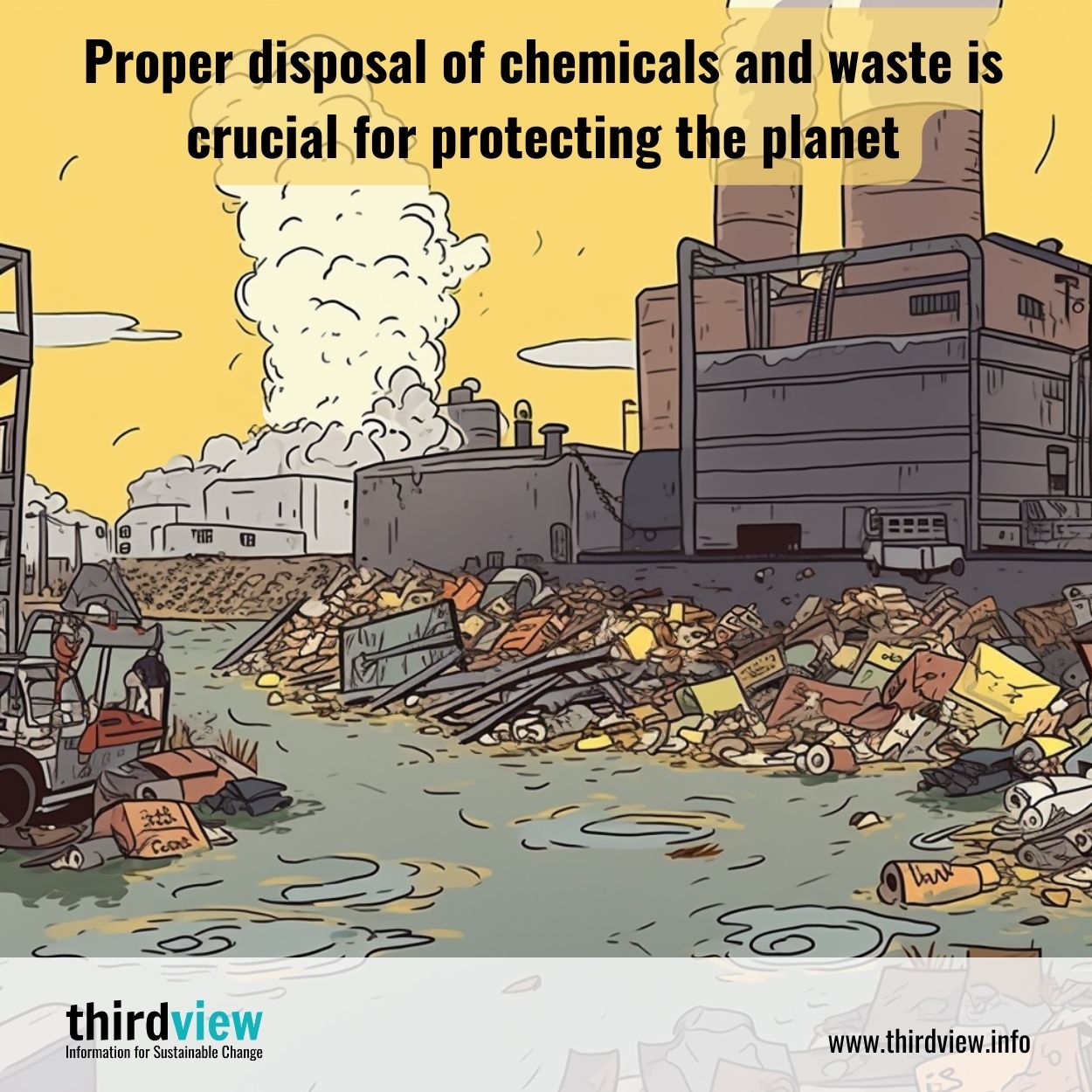Chemicals and waste are all around us, from the household cleaning supplies we use to the industrial processes that create the products we rely on. Understanding the life cycle of chemicals and waste is crucial for both the environment and human health. In this blog post, we’ll explore the different stages that chemicals and waste go through, from production to disposal, and how we can take action to minimize their impact on our planet.
Stage 1: Production
The first stage of the chemicals and waste life cycle is production. Chemicals and waste can be created through various processes, from extraction of raw materials to industrial manufacturing. The production stage, however, is where we can take significant action to reduce the negative impact of these substances. Governments can set regulations and standards for industries to follow, creating cleaner production practices. Consumers can also make informed choices about the products they use, demanding & choosing alternatives that are eco-friendly and sustainable.
Stage 2: Use
The use stage is when chemicals and waste interact with humans and the environment. During this stage, chemicals and waste can pose risks to human health and the ecosystem, especially if they are not used and handled properly. Simple actions such as reading labels and handling instructions can make a big difference in minimizing the negative impact of these substances.
Stage 3: Disposal
The disposal stage usually follows the use stage. At this point, chemicals and waste can enter the environment and pose significant risks to the planet. Poor disposal practices such as illegal dumping, uncontrolled landfill, and open burning release toxic pollutants and greenhouse gases. Proper disposal methods such as recycling, energy recovery, and safe disposal can reduce the harmful effects of chemicals and waste.
Stage 4: End-of-life
The end-of-life stage is where end-of-life products and waste materials come to their final stage in their life cycle. Products such as electronics, vehicles, and appliances can be recycled or disposed of in an environmentally responsible way. Proper disposal of these items can reduce the impact of toxic substances on human health, ecosystems, and the planet. Governments, industries, and consumers need to work together to develop and implement effective end-of-life management strategies.
Understanding the life cycle of chemicals and waste is crucial for addressing the negative impact these substances can have on our environment and health. We can take action at all stages of the life cycle, from production to disposal, to minimize these impacts. By following best practices, advocating for more sustainable practices, and making informed choices about the products we use, we can ensure the safe and sustainable management of chemicals and waste in the future.


